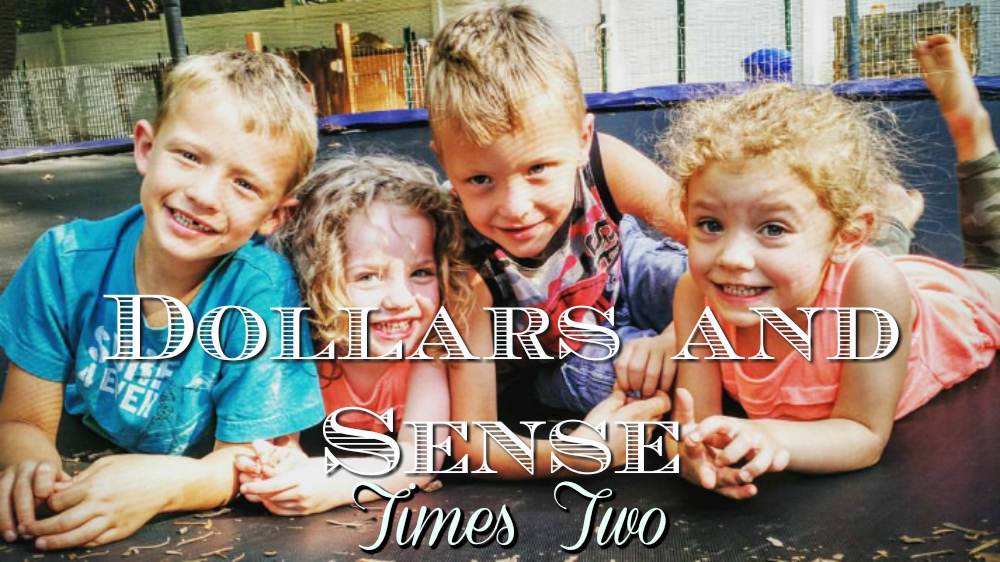Let’s talk about the recipe for honey cake. The remainder of the post will discuss the “why” behind the celebration of Rosh Hashanah.
I use a variation of a classic honey cake recipe. I’ve cut down the sugar a bit and omitted the alcohol. My father always said a Jewish real estate trick was to get a box of honey cake mix and make it when you are showing your house for sale. It smells fantastic when baking. Don’t buy the mix; it tastes like drek. Use this recipe instead and put on some matisyahu or klezmer while you are cooking.
This amazing photo is by the artist, instructor and teacher Jessica Geftic. (Full disclosure: she’s my first cousin). This one is my very favorite pieces and is so reminiscent of Jewish family dinners (although no one in our family is Hassidic). Jess used a childhood image of herself as the little girl seated at the table. You can see more of her talented offerings at jessicageftic.com

used with permission from jessicageftic.com
What is Rosh Hashanah?
It’s the two day celebration of the Jewish New Year during which Jews recognize the day(s) that G-d created the world and on which He judges his creations – us. Everyone is supposed to take stock of his or her behavior during the past year and consider ways to do better in the coming year; even small children take part in the ritual assessment. Although many people will spend most of the holiday worshiping in synagogues and reading passages from the Torah, many families will celebrate Rosh Hashanah before services start with a family feast filled with tons of traditional holiday goodies.
Many of these holiday foods contain sacchariferous (I so love this word) ingredients focusing on the hope of a sweet new year. A terrific explanation of the foods of Rosh Hashanah is on the Chabad.org’s website. PBS.org offers six classic Rosh Hashanah dishes. Tori Avey does an excellent tutorial for the special round challah enjoyed on this holiday.
I have made it my tradition to give my children’s’ teachers miniature cakes to enjoy. As the High Holidays coincide with the beginning of the school year, it seems fitting to wish them a sweet academic year.
Other features of the celebration include the traditional blowing of the shofar. The Torah gives the commandment to blow the first day of the seventh month (Tishrei) “you shall observe complete rest, a sacred occasion commemorated with loud blasts.” (Leviticus 23:24) These loud blasts were understood by the rabbis to allude to the blasts of the shofar. So on Rosh Hashanah, the shofar is used to fulfill this commandment.
The shofar is a funny looking instrument…actually a ram’s horn. The Israelites apparently used the shofar in battle and at sacred events in the temple.
You can see it in action here: shofar blowing video
Another part of the holiday involves the phrase, “may you be written in the book of life.” The Talmud states that on Rosh Hashanah, G-d inscribes everyone’s name into one of three books. The righteous go directly into the Book of Life. Since most of us are both good and bad, the traditional phrase, “but repentance, prayer and good deeds mitigate the severest decree,” gives us time until Yom Kippur (the Day of Atonement) for evaluation of our behavior and actions throughout the past year.
Here is a talmudic discussion regarding the three books.
On Rosh Hashanah wishing you peace, happiness, and good luck. May G-d’s blessing and success be bestowed upon you.
“A gut gebentsht yohr,” A good and blessed year to all my readers!


 Try this sweet Rosh Hashanah favorite as a dessert offering on your table. The smell of the spices will warm your home as you make it. Best potpourri ever!
Try this sweet Rosh Hashanah favorite as a dessert offering on your table. The smell of the spices will warm your home as you make it. Best potpourri ever!



I came here from the prudent homemaker blog as well. I like the reason for the cake and any kind of honey cake sounds good to me.
Thank you! I hope you like it!
Have you ever used tea instead of coffee? The recipe I have is from Marcy Goldman (recipe blog) and she lists strong tea or coffee. I have only made it with the tea.
I like your knowledge-sharing style of writing.
I haven’t but I’m sure tea would work